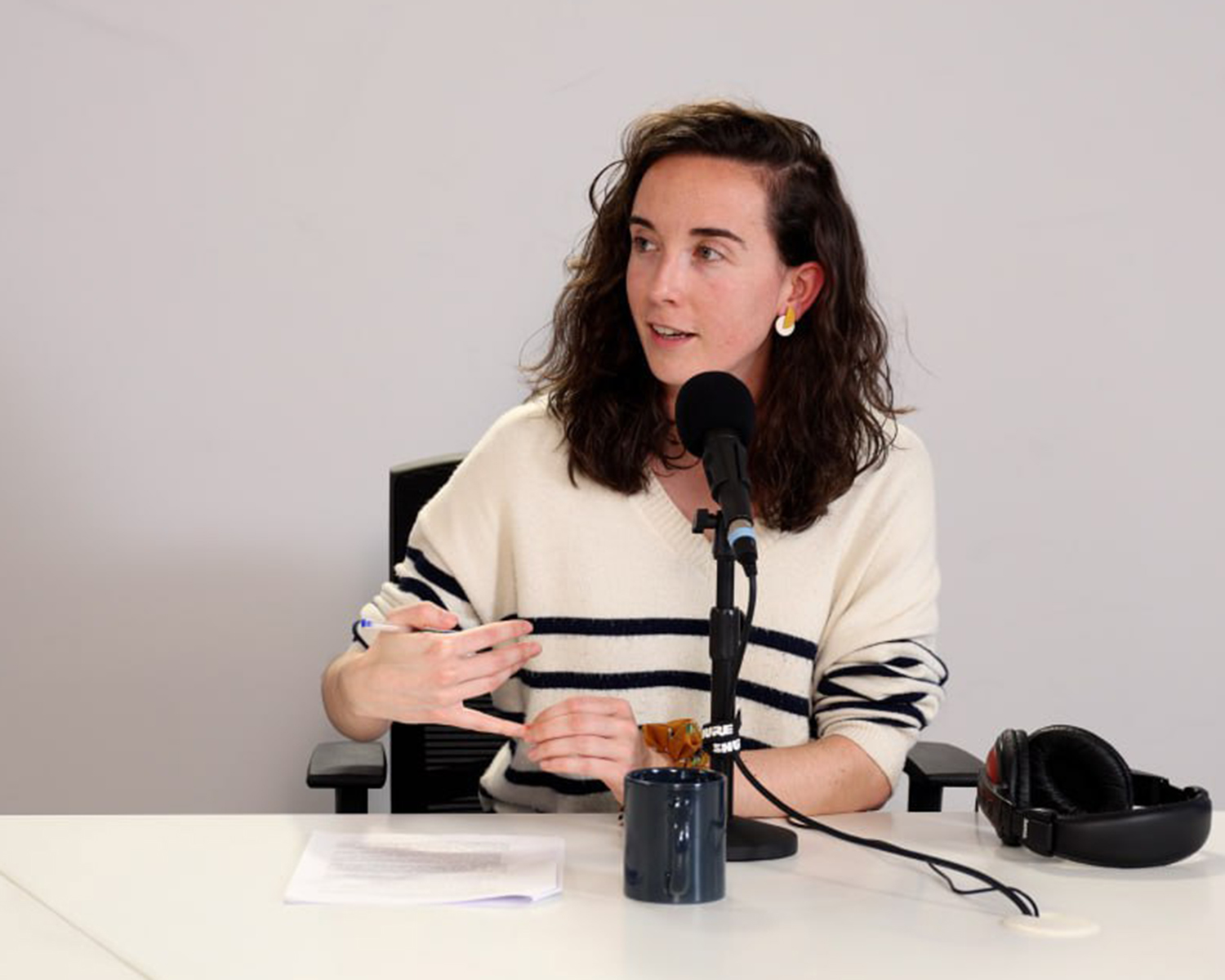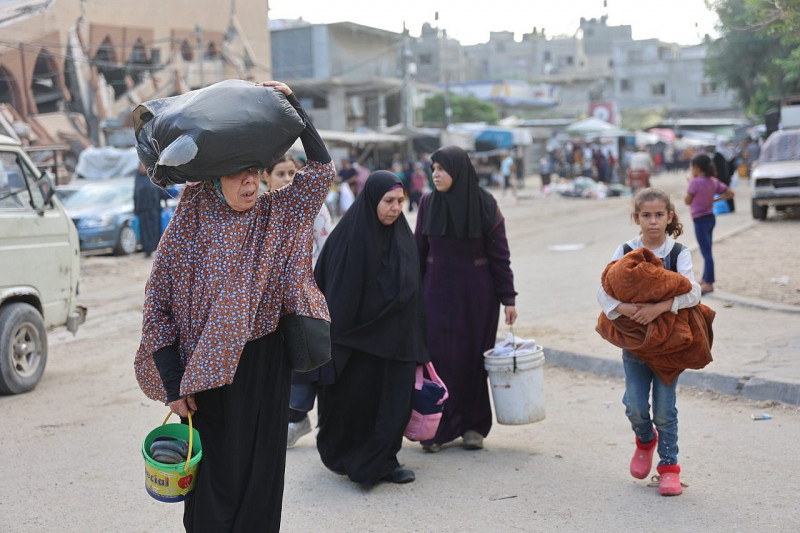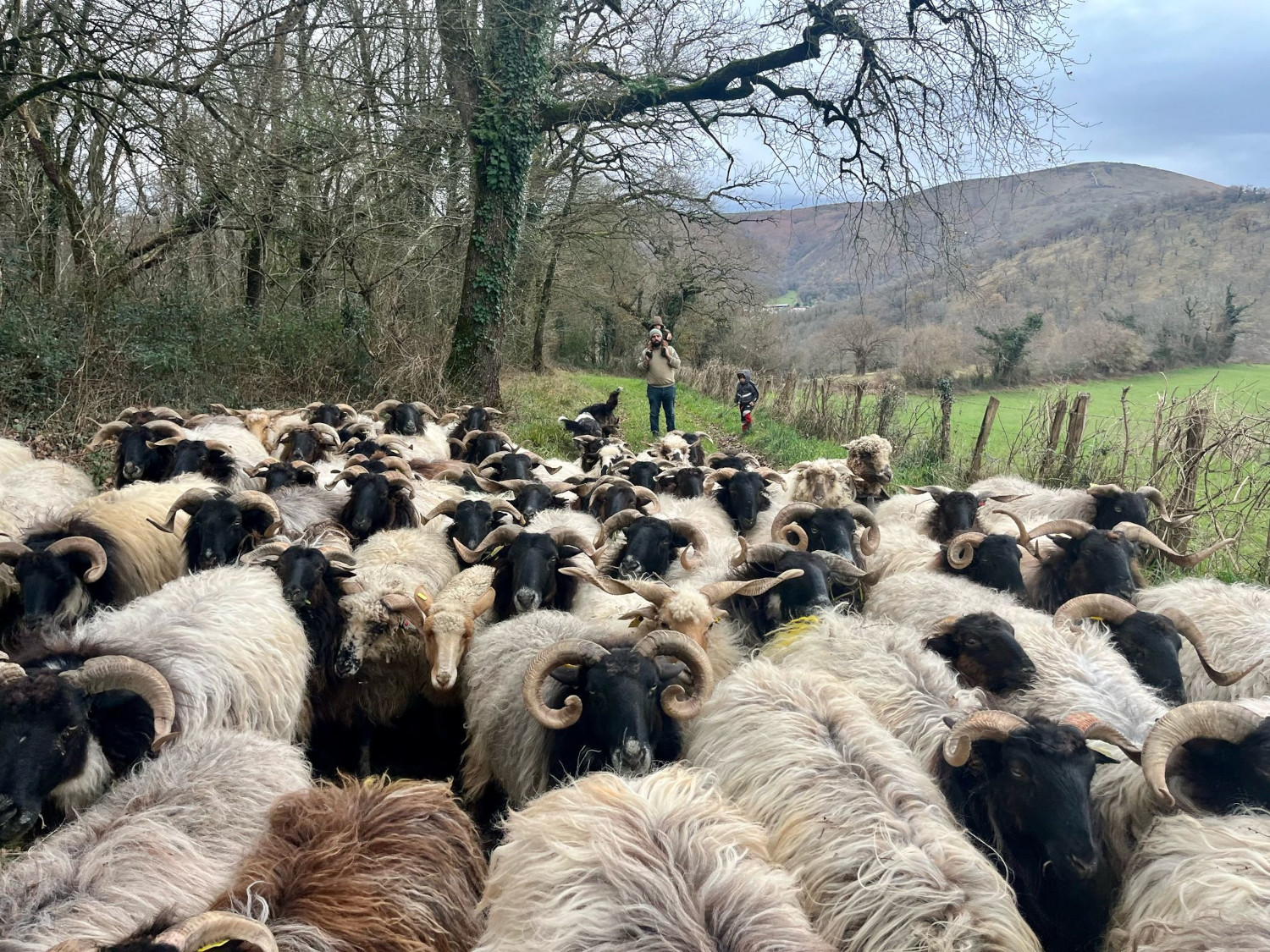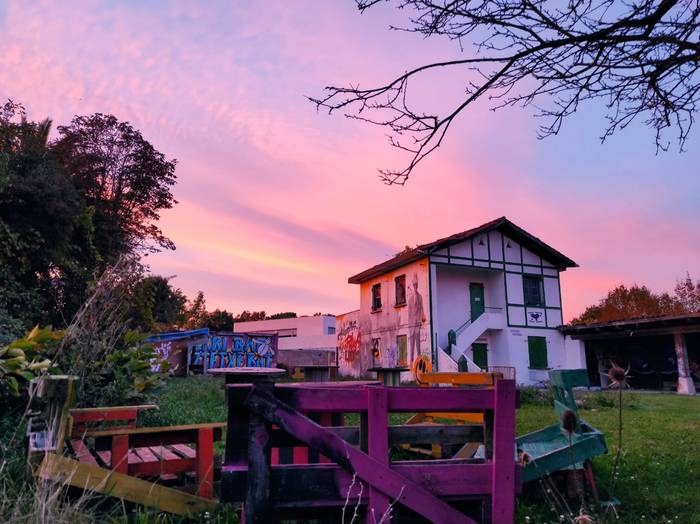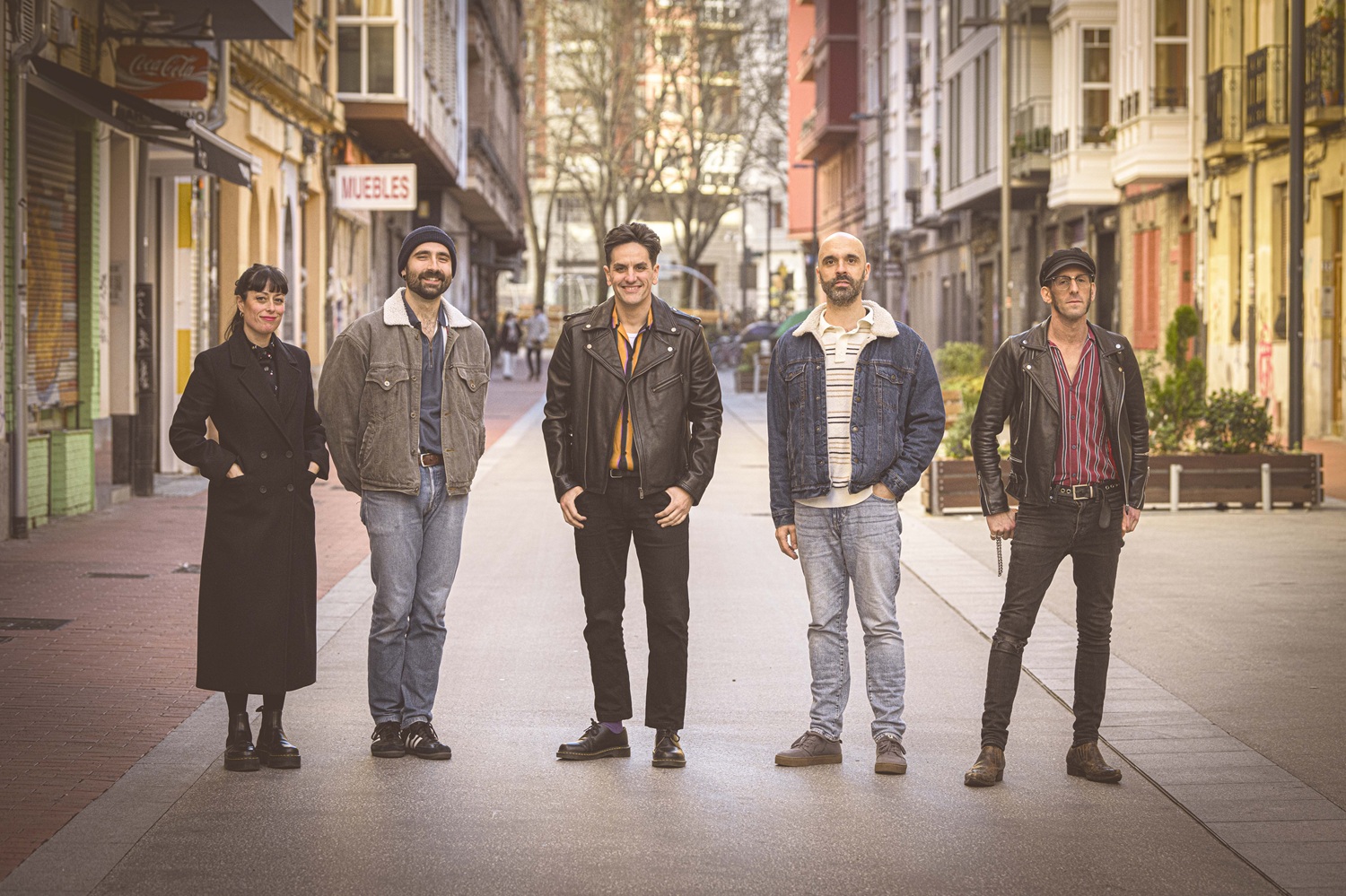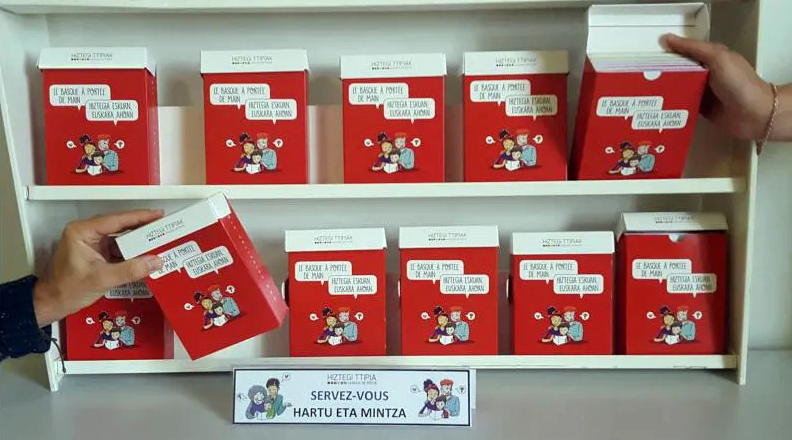Society
Environment
Politics
Economy
Culture
Basque language
Feminism
Education
International
Opinion
monday 28 april 2025
Automatically translated from Basque, translation may contain errors. More information here. 
Guatemala: in peace you can kill as many people as in war
- The 36-year war that resulted in the death of 200,000 citizens and the escape of half a million more ended in 1996. But in time of peace, crime kills as many people as war. Although the authorities make the excuse of the sick, experts believe that social and ethnic cleansing continues.
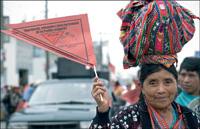
Guatemala
Joy Agner is a young American who is preparing a job for the university. He's looking for research materials in Guatemala. He is waiting for photocopies to be brought to him at a bookstore in the capital. A grown woman owns the store, she's a cutie, she's a redhead. One of the books that the young man has asked to photocopy Guatemala: It is the Memory of Silence, the result of the dossier sponsored by the United Nations. The woman comes to the young man: “Do you know that one of the authors of this was murdered?” Agner explains that he is comparing the numbers of homicides during the war with the current ones. “Things are the same,” says the shopkeeper. “God has not changed. They wanted to destroy us before, and they wanted to destroy
us today.” This is how Joy Agner begins her article The Silent Violence of Peace in Guatemala. It was published on May 14 at the North American Congress on Latin America. This foundation, which channels solidarity with Latin America from the United States, says in its presentation, denounces the effort of its government to subvert democracies and put dictators in South America, and the subsequent spread of poverty throughout the continent with neoliberal policies since the 1990s.
Agner has heard the same opinions from many voices. Threats, violent robberies, kidnappings and murders are the daily bread of conversation among Guatemalan citizens. It is not the imagination of the people, the statistics confirm it. The annual number of violent deaths during the civil war from 1960 to 1996 has been exceeded. Between 1970 and 1996 there were 5,000 homicides per year in Guatemala, compared with 5,884 in 2006.
Between 2001 and 2005, homicides increased by 60 per cent. Violent deaths of women 127%. The researcher has been recognized by the Ombudsman or Ombudsman for Human Rights of Guatemala that 10% of all of them are caused by operations that seek “social cleansing”.
This terrible violence spreads terror among the population. Brutality is difficult to understand and tolerate normally. The worst thing is that there is a lot of confusion about the perpetrators and the culprits. Even though the media is talking about crime, who is behind the murderers?
The commission sought to clarify what happened in the previous war in Guatemala: In his special investigation Memoria del Silencio highlighted that most of the massacres and crimes were committed by the state, the army, the police and the paramilitaries controlled by them. However, in those years the media accused the killings mainly of the guerrillas. “Today,” writes Agner, “the state and the mainstream media attribute crime to gangs and common sick people, but the evidence shows that the Guatemalan government has a lot to do with this growing number of deaths. ‘They are carrying out a sweet genocide’, as we heard from a woman at an indigenous conference.”
Agner has also received the same opinion from the structures of the state. When he went to the office of the Human Rights Ombudsman for questioning, a member of the Ombudsman brought him more information than he had requested and explained the keys to many of the deaths that occurred. “It’s more than a question of famous gangs or maras. This is strategic. This is social cleansing, social cleansing. The authorities are involved in this.”
The murders caused by gangs or common thieves have notable characteristics: they keep the dead body with them as little time as possible, they can not waste time if they do not want to be arrested, they do not have the structure to carry the bodies with them... Gangs kill someone either to protect themselves or as revenge.
On the other hand, when there is social cleansing or state-sponsored violence involved, they are of very different characteristics. The aim is to destroy a certain group of society and to spread terror. That’s why they will often leave their bodies brutally mutilated, strangled, fragmented, full of beatings or handcuffs tied. In recent years, Guatemala has witnessed a large increase in the number of bodies that have been mutilated or exposed to traces of torture. If there were 22 in 2004, in 2005 they reached 305.
These murders are usually planned, and the murderers want this behavior to have a great impact on the population. The murderers need money and protection. Twelve percent of the victims killed in Guatemala in 2005 were found massacred and far from where they were killed. This is the following: 648 remains ceded to strategic sites, abandoned to be found by other citizens. Thousands of citizens have had to find these along the way over the years, terrible images that could prevent them from falling asleep for months and years.
The State uses the simplest form of support for this ethnic and social cleansing: Murders are not investigated in Guatemala. He's not a forensic researcher. The cato of social cleansing promises it. A representative of the United Nations, Philip Alston, denounces this laziness. It is not because of a lack of resources, because Guatemala is not poorer than its neighboring countries: in El Salvador, Honduras and Nicaragua, which are poorer than it, they have more police, judges and litigation.
If during the war violence was used mainly in rural areas, now the massacres are carried out in urban areas. The military provoked genocide under the pretext of “counter-insurgency” during the war. The remains of those killed by soldiers and paramilitaries appeared headless, quartered or quixal-like, often perpetrated after the death of the victim to increase the terror of the people.
Today it happens in the same way, but under the pretext of famous bands or maras. With the same objective: to paralyze the population, not to attack the state. The aforementioned UN representative, Alston, stated in his 2007 report: “The methods of the Guatemalan government are hardly distinguishable from counter-insurgency tactics” and “today’s policy is equivalent to that famous doctrine of ‘national security’ that led the country to disaster in the 1970s and 1980s.” As a result of this behavior by the state, which seems paradoxical, in the absence of the old
guerrillas, many young people now seek refuge in the maras in question. Joy Agner talks to those who walk or have walked in groups, and that is why she says: “There is no doubt that the high percentage of murders in Guatemala is attributable to gang violence. But how many young men have not joined these gangs as a reaction to the terror that the government itself has directly or indirectly spread?
Since November 2007, Guatemala has had a new president, Álvaro Colom. What the military and the oligarchy didn't want. He's gonna need some strength.
us today.” This is how Joy Agner begins her article The Silent Violence of Peace in Guatemala. It was published on May 14 at the North American Congress on Latin America. This foundation, which channels solidarity with Latin America from the United States, says in its presentation, denounces the effort of its government to subvert democracies and put dictators in South America, and the subsequent spread of poverty throughout the continent with neoliberal policies since the 1990s.
Agner has heard the same opinions from many voices. Threats, violent robberies, kidnappings and murders are the daily bread of conversation among Guatemalan citizens. It is not the imagination of the people, the statistics confirm it. The annual number of violent deaths during the civil war from 1960 to 1996 has been exceeded. Between 1970 and 1996 there were 5,000 homicides per year in Guatemala, compared with 5,884 in 2006.
Between 2001 and 2005, homicides increased by 60 per cent. Violent deaths of women 127%. The researcher has been recognized by the Ombudsman or Ombudsman for Human Rights of Guatemala that 10% of all of them are caused by operations that seek “social cleansing”.
This terrible violence spreads terror among the population. Brutality is difficult to understand and tolerate normally. The worst thing is that there is a lot of confusion about the perpetrators and the culprits. Even though the media is talking about crime, who is behind the murderers?
The commission sought to clarify what happened in the previous war in Guatemala: In his special investigation Memoria del Silencio highlighted that most of the massacres and crimes were committed by the state, the army, the police and the paramilitaries controlled by them. However, in those years the media accused the killings mainly of the guerrillas. “Today,” writes Agner, “the state and the mainstream media attribute crime to gangs and common sick people, but the evidence shows that the Guatemalan government has a lot to do with this growing number of deaths. ‘They are carrying out a sweet genocide’, as we heard from a woman at an indigenous conference.”
Tactics to ‘clean up’ society
JoyAgner has also received the same opinion from the structures of the state. When he went to the office of the Human Rights Ombudsman for questioning, a member of the Ombudsman brought him more information than he had requested and explained the keys to many of the deaths that occurred. “It’s more than a question of famous gangs or maras. This is strategic. This is social cleansing, social cleansing. The authorities are involved in this.”
The murders caused by gangs or common thieves have notable characteristics: they keep the dead body with them as little time as possible, they can not waste time if they do not want to be arrested, they do not have the structure to carry the bodies with them... Gangs kill someone either to protect themselves or as revenge.
On the other hand, when there is social cleansing or state-sponsored violence involved, they are of very different characteristics. The aim is to destroy a certain group of society and to spread terror. That’s why they will often leave their bodies brutally mutilated, strangled, fragmented, full of beatings or handcuffs tied. In recent years, Guatemala has witnessed a large increase in the number of bodies that have been mutilated or exposed to traces of torture. If there were 22 in 2004, in 2005 they reached 305.
These murders are usually planned, and the murderers want this behavior to have a great impact on the population. The murderers need money and protection. Twelve percent of the victims killed in Guatemala in 2005 were found massacred and far from where they were killed. This is the following: 648 remains ceded to strategic sites, abandoned to be found by other citizens. Thousands of citizens have had to find these along the way over the years, terrible images that could prevent them from falling asleep for months and years.
The State uses the simplest form of support for this ethnic and social cleansing: Murders are not investigated in Guatemala. He's not a forensic researcher. The cato of social cleansing promises it. A representative of the United Nations, Philip Alston, denounces this laziness. It is not because of a lack of resources, because Guatemala is not poorer than its neighboring countries: in El Salvador, Honduras and Nicaragua, which are poorer than it, they have more police, judges and litigation.
If during the war violence was used mainly in rural areas, now the massacres are carried out in urban areas. The military provoked genocide under the pretext of “counter-insurgency” during the war. The remains of those killed by soldiers and paramilitaries appeared headless, quartered or quixal-like, often perpetrated after the death of the victim to increase the terror of the people.
Today it happens in the same way, but under the pretext of famous bands or maras. With the same objective: to paralyze the population, not to attack the state. The aforementioned UN representative, Alston, stated in his 2007 report: “The methods of the Guatemalan government are hardly distinguishable from counter-insurgency tactics” and “today’s policy is equivalent to that famous doctrine of ‘national security’ that led the country to disaster in the 1970s and 1980s.” As a result of this behavior by the state, which seems paradoxical, in the absence of the old
guerrillas, many young people now seek refuge in the maras in question. Joy Agner talks to those who walk or have walked in groups, and that is why she says: “There is no doubt that the high percentage of murders in Guatemala is attributable to gang violence. But how many young men have not joined these gangs as a reaction to the terror that the government itself has directly or indirectly spread?
Since November 2007, Guatemala has had a new president, Álvaro Colom. What the military and the oligarchy didn't want. He's gonna need some strength.
For more information
- Reference article by Joy Agner on the site of the Northr American Congress on Latin America
- About Guatemala Solidarity Network
- In Guatemala: The Memory of Silence Book
- My World, a rich blog full of photos and chronicles by James Rodriguez
- Guatemala on Wikipedia in English
- Ombudsman for Human Rights of Guatemala
Most read
Using Matomo
#1
CTXT
|
Samah Salaime/+972 Magazine
#3
Gorka Peñagarikano Goikoetxea
#5
Gasteizkoak talde antimilitarista
Newest
2025-04-28
Gorka Peñagarikano Goikoetxea
Yes, let's philosophize about death
What is the relationship of death? What about adults, what about children? How does our outlook on death change with age? And how to talk about death with children?
Yeah, even if it's a taboo subject, let's talk about death. In this third session, Iñigo Martínez talks with the... [+]
2025-04-28
Gasteizkoak talde antimilitarista
The Basque Arms Industry as a topic of discussion (II)
Sounds of war that want to blind us
In recent weeks and months, all kinds of political, economic and business organizations have been constantly raising the sounds of war. But what if the purpose of this buzzing noise was not to allow us to think clearly and the fear was to confuse our analysis? Let’s try to... [+]
Where is the outrage over “systematic” sexual violence against Palestinians?
Despite increasing evidence of gender-based crimes committed by the military, Israeli women’s groups have largely ignored or denied the new UN condemnation report.
2025-04-28
Amaia Diaz de Monasterioguren Osinaga
A fruitful and prosperous May: “The Axis of the Year May”
My goal is to be fit, healthy and full of joy of life. What I eat, what I do and what I think influences me to achieve balance and flexibility and avoid tension.
2025-04-28
Nerea Pagaldai Agiriano
The white mari that melts the snow
Many of us know Anbotoko Mari, who is also known by many names such as Lady of Aralar, Lady of the Embalse and many others. The body of Amalur is taken from Mari, our goddess, known among the Basques. She is presented in many villages as a lady dressed in ornate clothes. But who... [+]
2025-04-28
Jakoba Errekondo
Wood is rarer than diamond
Wood is rarer, rarer than diamonds. Yes, in the universe it's easier to find diamonds than wood.
2025-04-28
Garazi Zabaleta
The Jungle Man
From the south of the Alps to Lower Navarre, with extensive and diversified livestock farming
In the region of Provence, the livestock project was launched in the south of the Alps by the Basque Lili Saint-Laurent and the Provencal Mathias Guibert just over ten years ago. “We planted with sheep, goats, cows, pigs and pottokas cultivating a diversified farm, but the... [+]
2025-04-25
Onintza Irureta Azkune
Identified the Basques in Osakidetza: a step on the way to guarantee arta in Basque?
Hospitalized patients will wear the “e” symbol on their wrist. The health workers know that these people have asked to be cared for. Osakidetza says it is another tool to facilitate communication in Basque. It’s one more step in a larger project. The main objectives of... [+]
"As a result of the HAPO approved by the City Council, Kabia is in an unstable situation"
Activities to commemorate the 19th anniversary of the occupied area of Kabia will be held from today to Sunday, from 24 to 26 April. This self-managed space, which is about to turn two decades old, has suffered several setbacks in its trajectory, and although it is threatened by... [+]
2025-04-25
Euskalerria irratia
Anesthesia, among the new predictions of Delirium Tremens, Zea Mays, Talco, Zetas and Naxker Hatortxu Rock
24 new bands have been announced by the Hatortxu Rock solidarity festival. 63 teams have already been announced and in total there will be 100 teams in the five stages of the festival.
2025-04-25
Gorka Intxausti Aranguren
The Transparent Beings
When the song rained
Transparent Beings
When: April 20th.
In which: In the Plaza of the Castle of Pamplona.
-----------------------------------------------
The concert is only half an hour away in the Plaza del Castillo de Pamplona; but it is still half empty, because it is raining. Whether... [+]
2025-04-25
Eneko Imaz Galparsoro
Trump asks Putin to stop, and Russia says it’s almost ready for peace deal
After accusing Zelenski of “endangering” the peace deal that should end the war in Ukraine, Trump has reprimanded Putin on his social network Social Truth. Foreign Minister Sergei Lavrov said that Russia is ready to conclude a peace agreement. Kiev reports that the body of a... [+]
2025-04-25
Olaia L. Garaialde
Citizens of the Uribe Coast claim the need for a public day center
It is the only region in Bizkaia that does not have a public day centre. The meeting will take place on April 27 at 12:00 in the Town Hall Square in Sopelana (Bizkaia).
Eguneraketa berriak daude











